OCZ Vector 256GB Indilinx Barefoot 3 SSD Review
A Look Inside The Vector
This is where we get to see what makes the Vector tick and if it has any surprises in store.
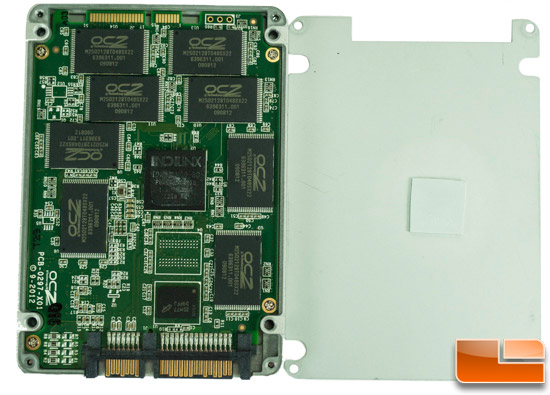
As usual with OCZ drives, no security screws, plastic clips, or fuss to open the case. Just four small Phillips head screws and one warranty void sticker and we’re in. Note the thermal pad that rests on the controller attached to the back plate.
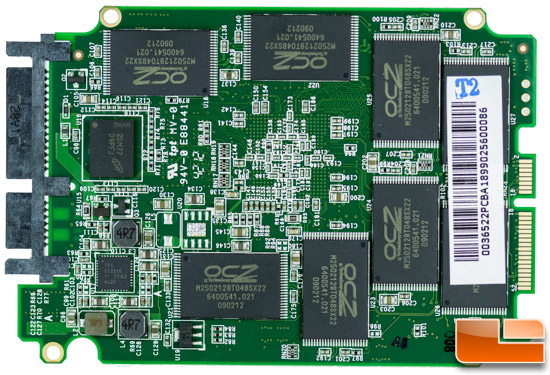
On this side of the PCB we notice right away the OCZ branded flash modules and one cache chip off to the side.
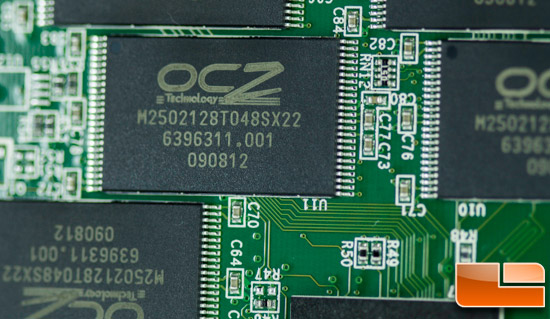
While the screen on the MLC chips reads OCZ, it’s actually 25nm Intel/Micron Flash Technologies (IMFT) NAND flash – the one component not manufactured by OCZ. However, OCZ did point out to us that they purchase and package the NAND wafers as a cost savings measure to make the drives more affordable for the consumer. The part numbers read M2502128T048SX22.
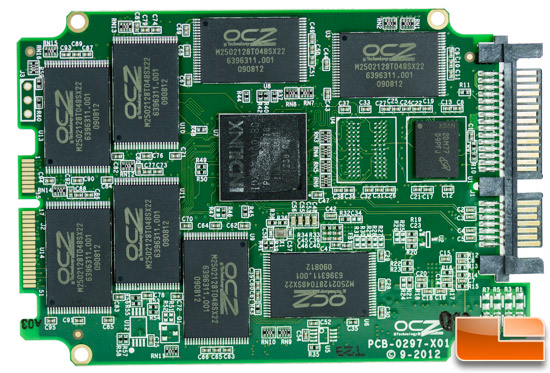
Flipping the PCB over, we see the remaining NAND chips, another cache chip and the Indilinx controller.
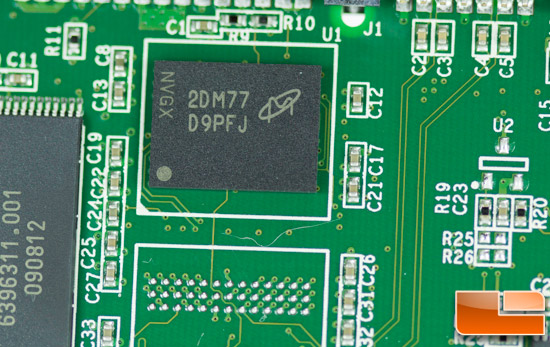
Also Micron in manufacture is the DDR3 cache chips at 2x 256MB that help buffer data when need as found on nearly all drives outside of those with SandForce controllers. The FBGA part number is listed as D9PFJ that can be plugged into their part decoder which is very helpful for when you need to get more information about a component.
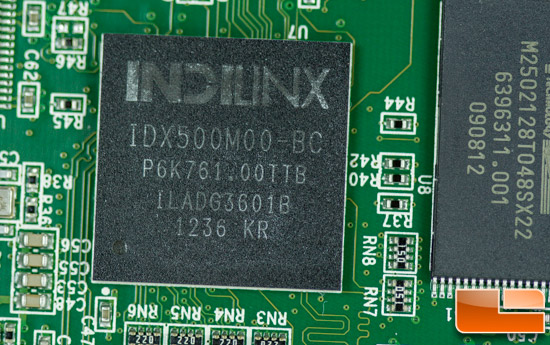
Finally, the Barefoot 3 Indilinx controller bearing part number IDX500M00-BC. This 100% OCZ designed controller is capable of some impressive performance as we’ll see in the benchmarks. It does so without the use of any compression techniques, which affords performance consistency. In addition to handling wear-leveling and error correction duties, it supports the TRIM command and uses efficient garbage collection algorithms – all of which have been designed to keep write amplification low, effectively extending drive life. Most importantly, OCZ was very candid about their “lengthy and robust” testing validation cycle along with data and feedback collected from a large network of beta testers when developing the Vector series. On top of that, each drive is vigorously tested with a demanding burn-in procedure. They’ve also said that firmware cycles will be longer with increased scrutiny and validation prior to releases. Again, if you read the introduction, this is not the type of thing we’ve seen from OCZ in the past and as indicative of the paradigm shift that has occurred.

Comments are closed.